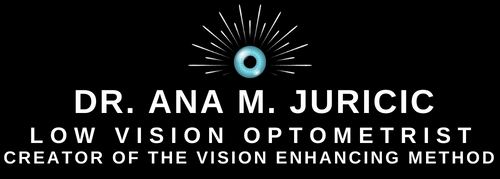Right lighting to enhance your reading experience.
Improving the lighting in your home can be the key to making everyday tasks easier to do and plays a relevant role in the activities that are carried out daily. For many people, the greater the amount of light, the more likely it is to see objects correctly and also help with reading.
When I see patients, one of the main goals often mentioned is wanting improved vision for performing tasks like reading or sewing. For many eye conditions, including macular degeneration, good lighting is one of the steps to improve vision for reading while creating a safer environment that helps prevent accidents. It should be noted that there are some conditions like cone dystrophy too much light that can actually have a negative effect. To ensure the comfort of your eyes and prevent eye strain and fatigue it is essential to have the right lighting to enhance your reading experience.
For a majority of my patients who experience vision loss, the amount of light entering the eye may be reduced, causing a reduction in visual acuity, contrast, and color intensity. The type of lighting and its intensity, color, and direction all affect an individual's visual performance.
It’s crucial to find the right lighting to help you read most effectively, even with the best magnification.
Greater visual acuity is not always achieved by increasing the amount of light. It is essential to adapt to different levels of light and contrast.
Based on the positioning of the light, a person may experience glare and make vision difficult.
I have highlighted 3 tips for improved lighting for reading:
- It is important to use uniform general lighting, to avoid shadows.
- Use light directly where is needed, and use lamps that swivel and can be raised or lowered to help direct the light. Swing arm and flexible lights are ideal.
- Direct the light over the shoulder of the eye with the best visual acuity and position the light between your eyes and the page and focus the light onto the page you want to read. Lights with a lampshade are a poor choice since the lights can’t be directed directly on the page AND the light becomes too diffuse.
Wall luminaires/sconces are not indicated for individuals living with low vision as they provide uneven lighting and sometimes glare. Better choices are either stand light fixtures or desk lamps that can adjust the direction of the light. Newer light sources also can alter the light colour temperature and the degree of brightness which can be especially beneficial to individuals who are more sensitive to lighting.
View the following images that show examples of using proper lighting

The following are some of my favourite desktop and floor lamps that may help enhance your vision and perform tasks like reading or sewing effectively.


